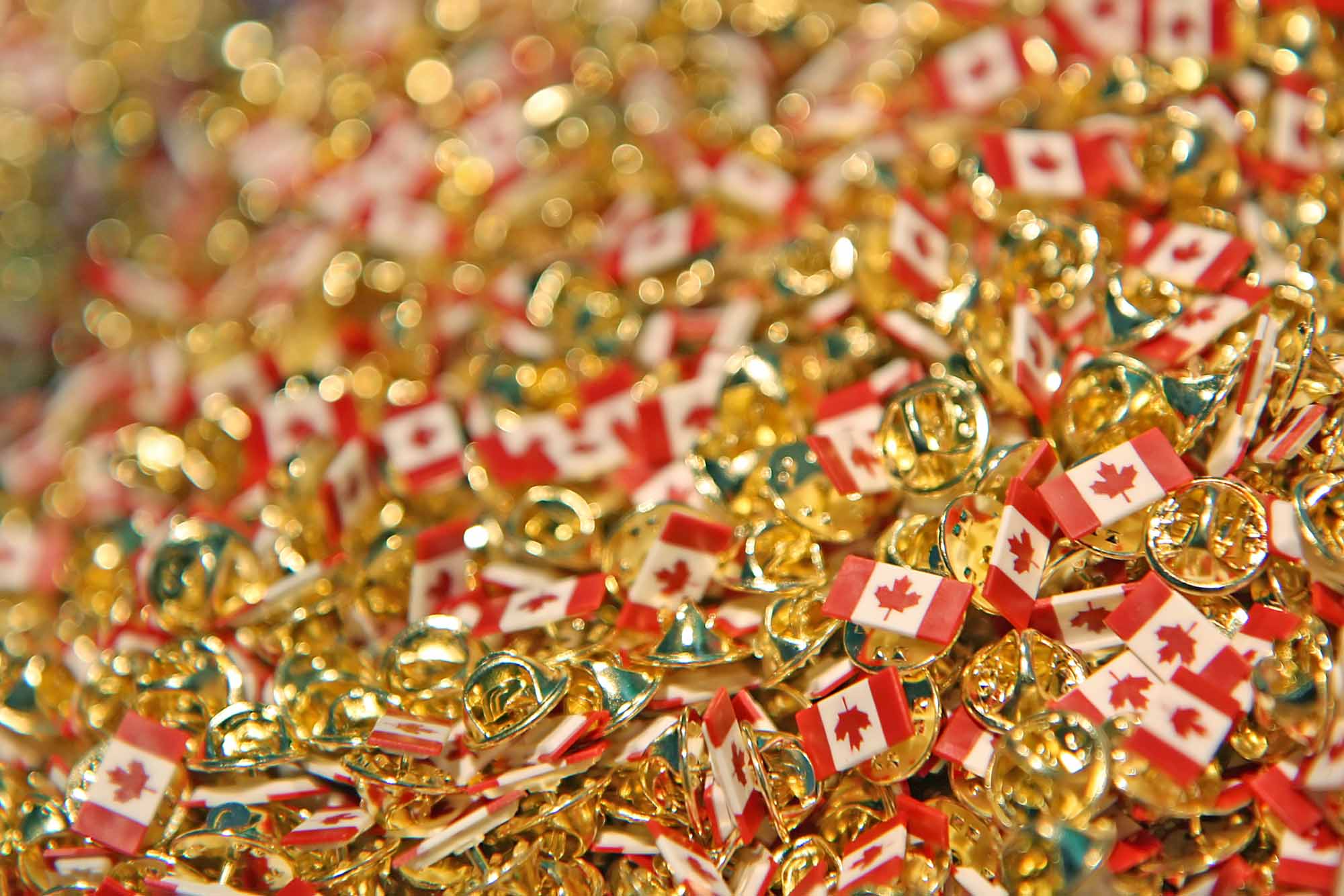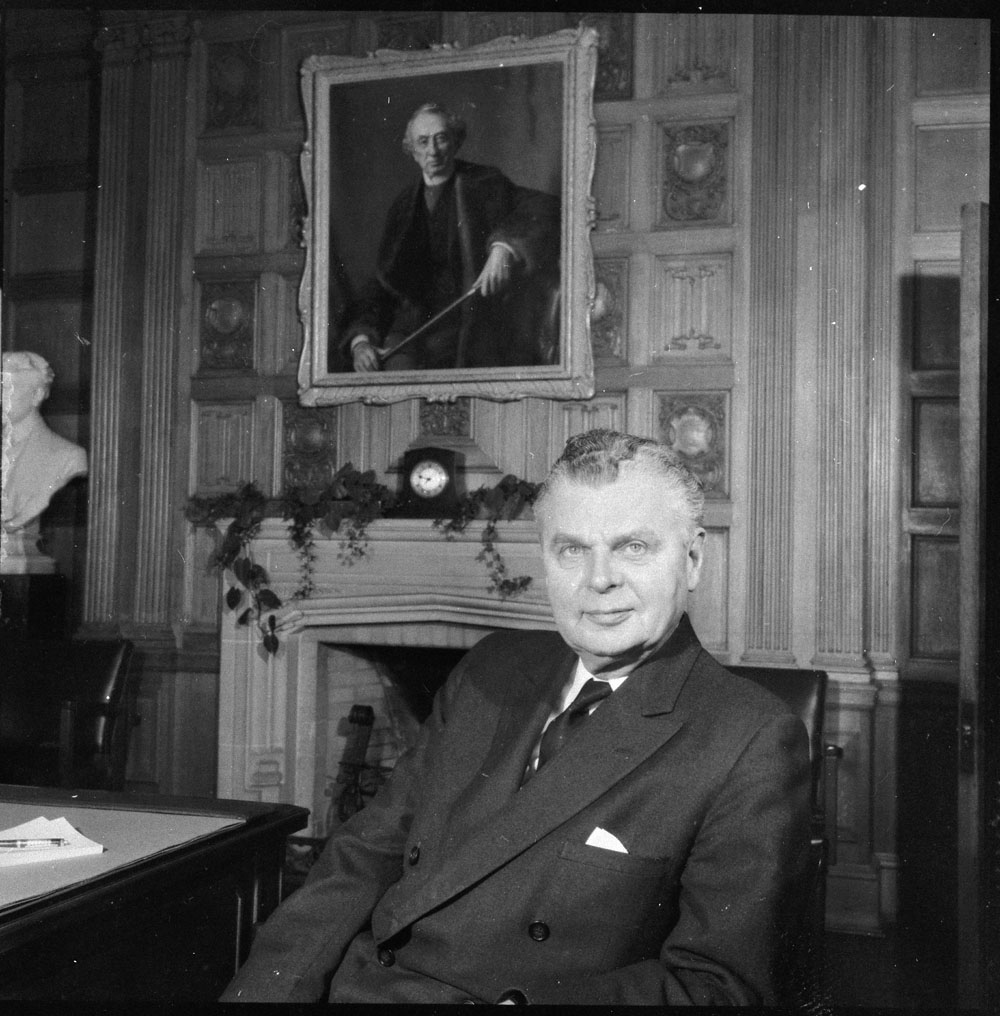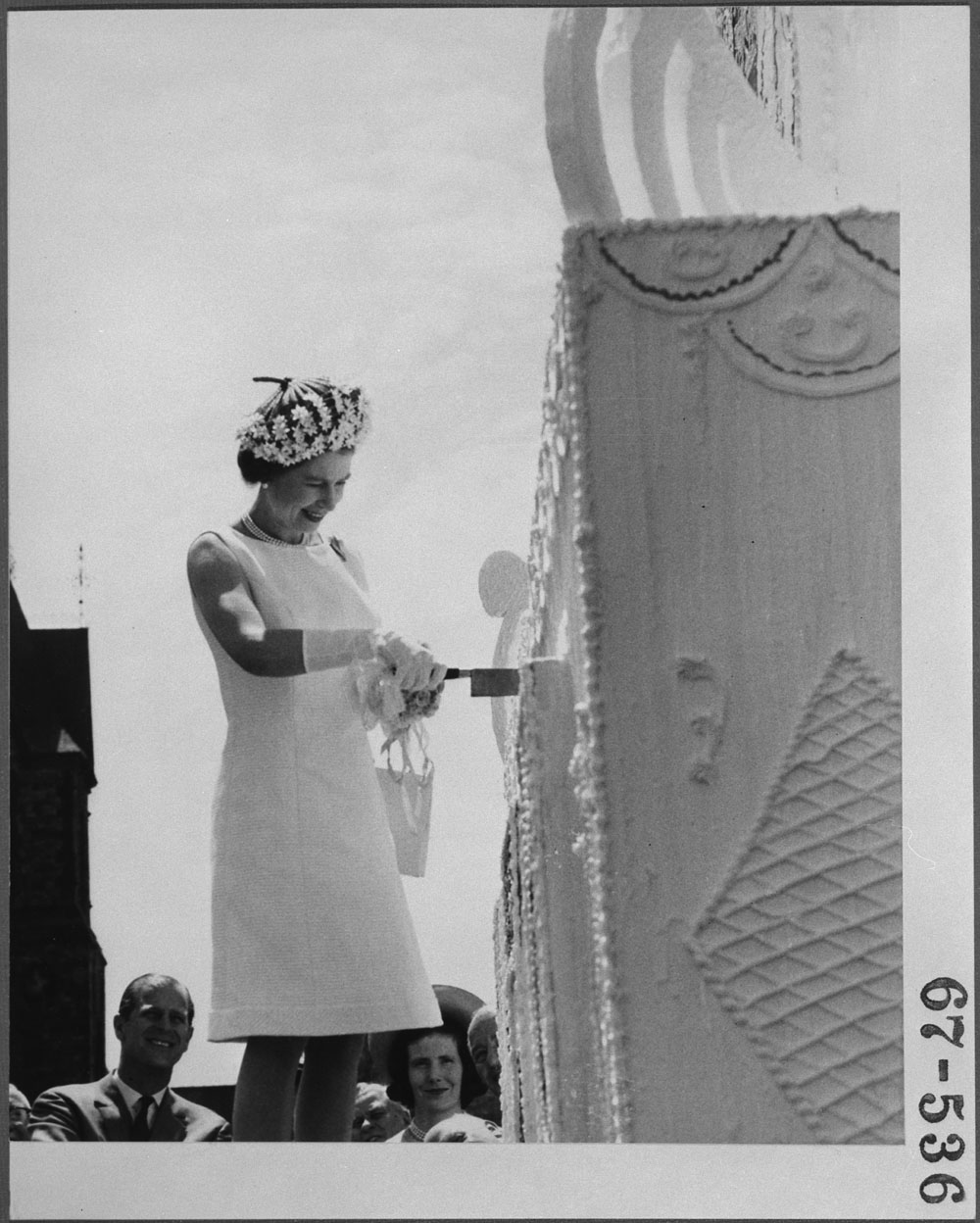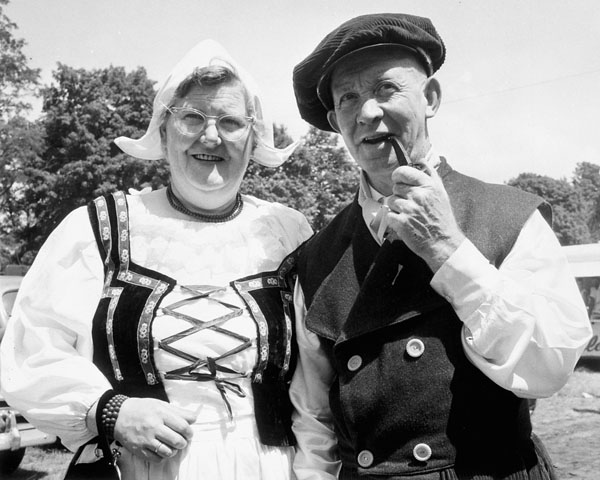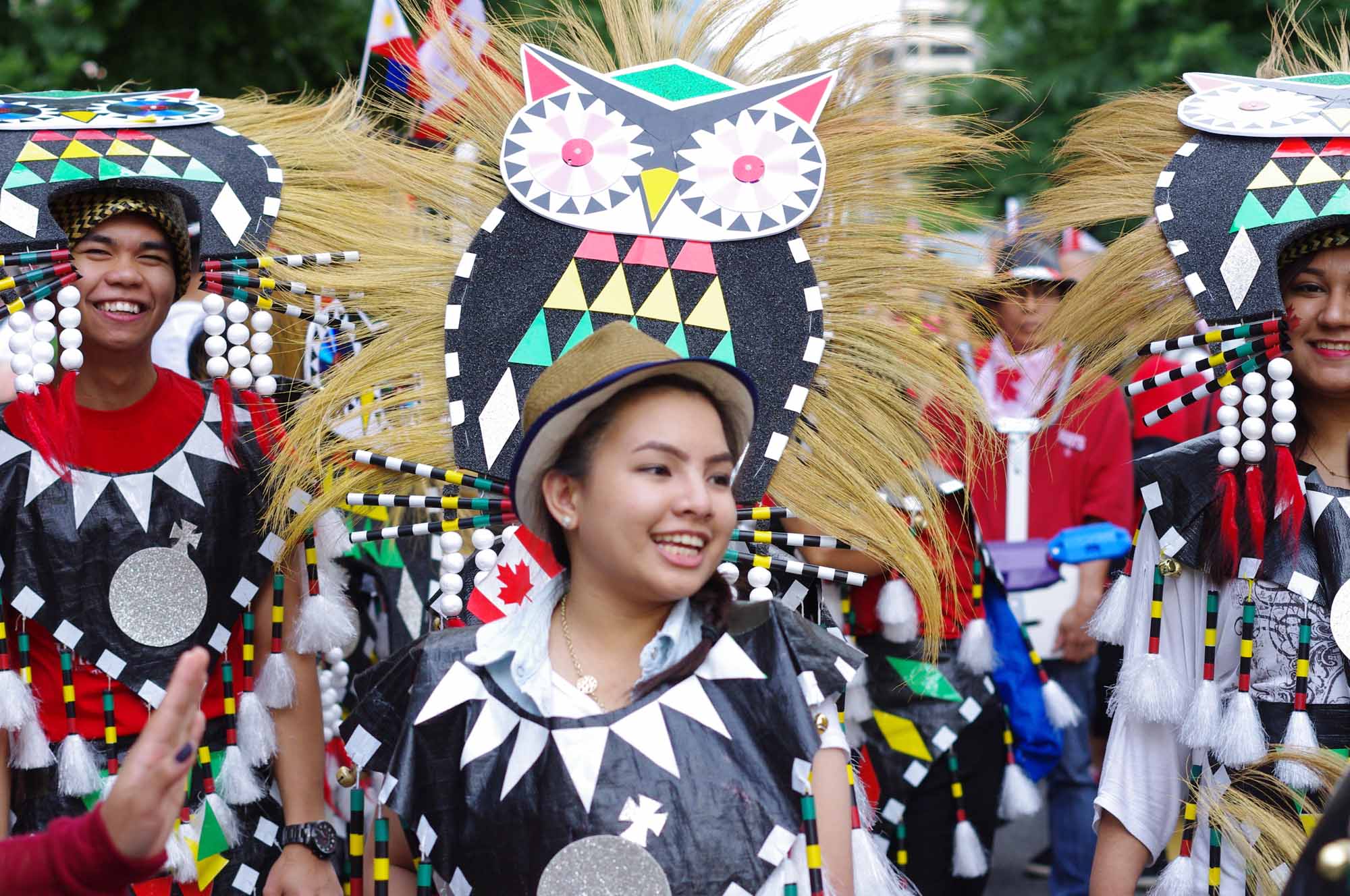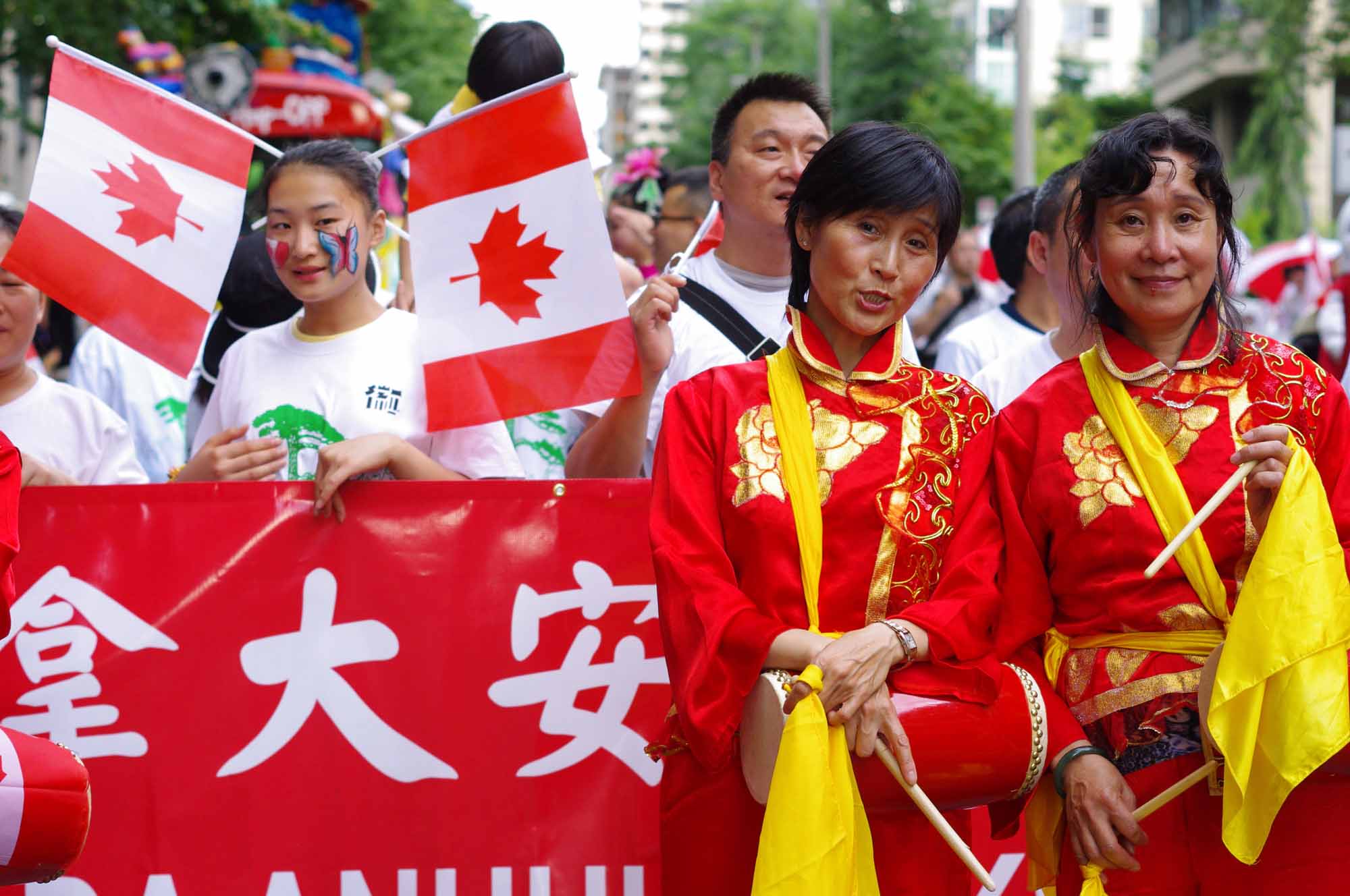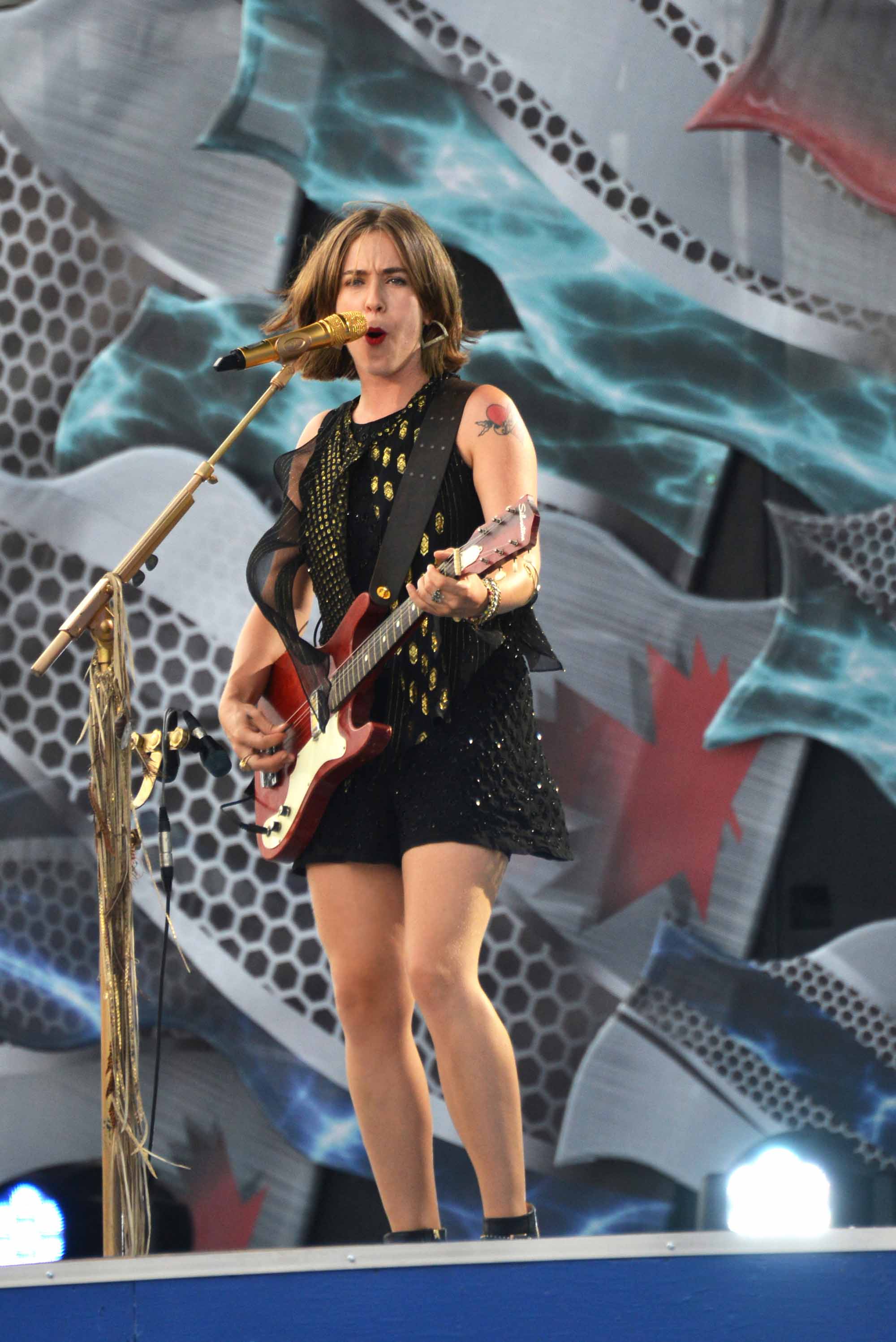Origins and Legal Status
The British North America Act came into effect on 1 July 1867, creating the country of Canada with its initial four provinces of Ontario, Québec, New Brunswick and Nova Scotia. In June 1868, Governor General Charles Stanley Monck called for a celebration of the anniversary of Confederation on 1 July 1868. While several communities did organize celebrations on this day, the legal status of Dominion Day as a public holiday was uncertain. In May 1869, a bill to make Dominion Day a public holiday was debated in the House of Commons, but it was withdrawn after several members of Parliament voiced objections. A more successful effort, sponsored by Senator Robert Carrall of British Columbia, passed through Parliament in 1879, making Dominion Day a public holiday.
In the decades following the Second World War, several private members’ and government-sponsored bills were proposed to change the name of Dominion Day, but none succeeded. In July 1982, a private member’s bill to change the name to Canada Day was proposed by Vaudreuil MP Hal Herbert. The bill quickly passed through the House of Commons, and was ratified by the Senate in the fall.
Early Observance
For the first decade following Confederation, some provinces, including Ontario, Québec and Nova Scotia, observed Dominion Day as a de facto holiday. Celebrations tended to be organized at the local or municipal level, and included a wide array of activities, including bonfires, picnics, sporting events, parades and pageants. Fireworks were often the highlight of the evening.
Dominion Day provided an opportunity for communities to express their visions of Canadian identity, and the place of their community within the country. Newspaper editorials published on July 1st often spoke about the country’s history, its place in the world and its prospects for the future. They could also, as was often the case in British Columbia, express concerns about the treatment of individual provinces within Confederation. Locally organized events sometimes provided opportunities for members of marginalized communities to demonstrate their belonging to Canada, while also asserting their community identities. In British Columbia, members of the Chinese and Japanese communities in the early 20th century contributed floats to Dominion Day parades, and members of Indigenous communities participated in sporting events and musical performances.
Celebrated overseas, Dominion Day was a way for Canadians to celebrate their national identity and assert their distinctiveness within the British Empire. During the First World War, Canadian soldiers stationed in the United Kingdom took part in events such as log-rolling exhibitions and baseball games, asserting a rugged Canadian masculinity.
In the mid-1920s, members of British Columbia’s Chinese communities organized Chinese Humiliation Day as a counterpoint to Dominion Day to protest the 1923 Chinese Immigration Act that blocked most Chinese immigration to Canada. Members of the community wore badges reading “Remember the Humiliation,” organized speeches and distributed leaflets.
The Diamond Jubilee
Federal government plans to hold a major event to mark the 50th anniversary of Confederation in 1917 were overshadowed by the First World War. As a result, the Diamond Jubilee celebrations of 1 July 1927, marking the 60th anniversary of Confederation were the first major federally sponsored Dominion Day activities. The centrepiece event for the day was a simulcast radio broadcast — the first of its kind in Canada — featuring an address by Prime Minister Mackenzie King and a dramatic pageant. Communities across Canada marked the Diamond Jubilee in various ways that emphasized local conceptions of Canada. This included parades of thematic and historical floats in Ottawa and Toronto, and an elaborate pageant in Winnipeg that highlighted its Eastern European immigrant communities. Indian agents in some regions allowed members of First Nations communities to be part of local Dominion Day pageants wearing traditional costumes, while others sought to emphasize messages of assimilation and conversion.

Federally Sponsored Celebrations in Ottawa and across Canada
In 1958, at the urging of Prime Minister John Diefenbaker, Secretary of State Ellen Fairclough organized a federally sponsored Dominion Day celebration on Parliament Hill. The event included a speech from the Governor General, a 21-gun salute, a military trooping of the colour and a carillon concert. By celebrating Dominion Day on an annual basis, Diefenbaker hoped to revitalize awareness of Canada’s British heritage, and reverse a recent trend of phasing out the use of the word “Dominion” from federal institutions. In subsequent years, his government continued to stress elements such as the monarchy and the military, but in the early 1960s, the Parliament Hill events began also featuring folk dances and folk songs in an effort to appeal to new Canadians and children.
The Liberal government of Lester Pearson decided to use Dominion Day events in Ottawa as a way to ramp up enthusiasm for the 1967 Centennial, and increased the budgets for these events to cover the costs of bringing in performers from across the country to take part in a televised variety show on Parliament Hill. These performers were selected with an eye to emphasizing a new conception of Canadian identity that was more explicitly multicultural and bilingual. Every year featured performances from different ethnocultural communities, as well as a significant francophone element, which always included both Québec-based performers and ones from other parts of the country. These events included First Nations performances, but normally in ways that fit a narrative of the assimilation of Indigenous peoples. Perhaps the most explicit example of this was the 1965 appearance by the Cariboo Indian Girls Pipe Band, a bagpipes performance by a group of Scottish tartan–clad teenaged girls from a residential school in Williams Lake, British Colombia. Among the many Centennial events of 1967, July 1st on Parliament Hill featured a massive birthday cake, which was cut by Queen Elizabeth II at an event hosted by Secretary of State Judy LaMarsh.
During the decade following the Centennial, less emphasis was placed on Ottawa-based celebrations of Dominion Day, as attention shifted in part to provinces celebrating their centennials. The variety show approach persisted, hosted at the National Arts Centre or on Parliament Hill. Although these events continued to draw local crowds, they attracted less attention from the CBC/Radio-Canada and audiences across the country, and were cancelled in 1976.
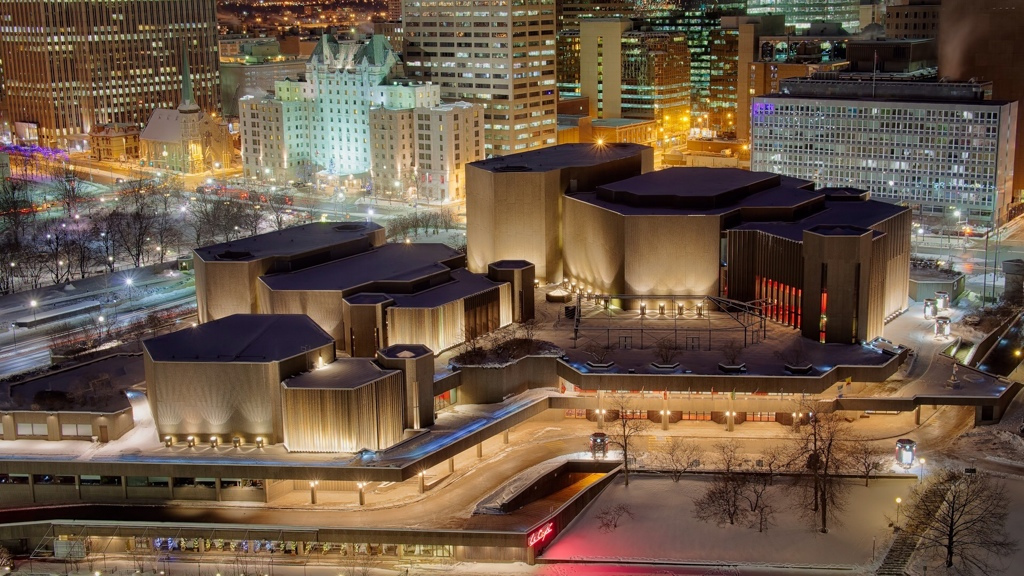
The election of the Parti Québécois in November 1976 spurred a massive revival of federal interest in the potential of using July 1st events to foster national unity. Although not explicitly using the term “Dominion Day” — they preferred formulations like “Canada’s Birthday” — in the late 1970s Ottawa pumped millions of dollars into both major national celebrations, televised on the CBC to communities across the country, and local celebrations which received seed funding for their activities. Although these broadcasts hoped to support feelings of national unity and were widely viewed across the country, they were more warmly received in English-speaking Canada. In Québec, the Fête nationale events of 24 June attracted larger crowds and higher-profile performers.
In the aftermath of the 1980 Québec referendum, the federal government shifted its focus and financial supports to emphasize observance of July 1st at the local level. Although still organizing concerts and formal events for Parliament Hill, the main focus was to stimulate community-based celebrations. A national committee for Canada Day (as the holiday was called after 1982) provided seed funding to communities to organize Canada Day events. It also suggested activities to link communities together, such as noonday singings of “O Canada” (adopted as the national anthem in 1980), and annual themes such as explorers, transportation or young achievers that were featured in activity books produced for children.
Throughout the 1970s, 1980s and 1990s, a clear emphasis on bilingualism and multiculturalism was maintained in federal messaging about Canadian identity on July 1st, including in the selection of performers at events and individuals who were featured in official Canada Day publications. Representations of Indigenous peoples shifted substantially over these decades, moving from an emphasis on assimilation to greater celebration of First Nations, Métis and Inuit cultures, including performances in Indigenous languages on Parliament Hill by the 1990s.
Contemporary Celebrations
Since the late 1980s, Canada Day festivities in Ottawa have settled into a standard pattern. Formal ceremonies take place at midday on Parliament Hill, and include speeches by dignitaries, often including the prime minister, heritage minister and governor general. These events normally feature an inspection of the military guard by the governor general, and some more popularly oriented elements including music and dance performances. A flyover by the Snowbirds is common. The evening activities are more explicitly popular in orientation, and usually feature a massive concert with performers from across Canada, capped off with a major fireworks display. The midday and evening events are usually televised on the CBC and Radio-Canada.
Communities across the country continue to observe Canada Day in various ways. Fireworks displays are the most common feature, and many communities organize barbecues, picnics, sporting events and parades.

 Share on Facebook
Share on Facebook Share on X
Share on X Share by Email
Share by Email Share on Google Classroom
Share on Google Classroom


